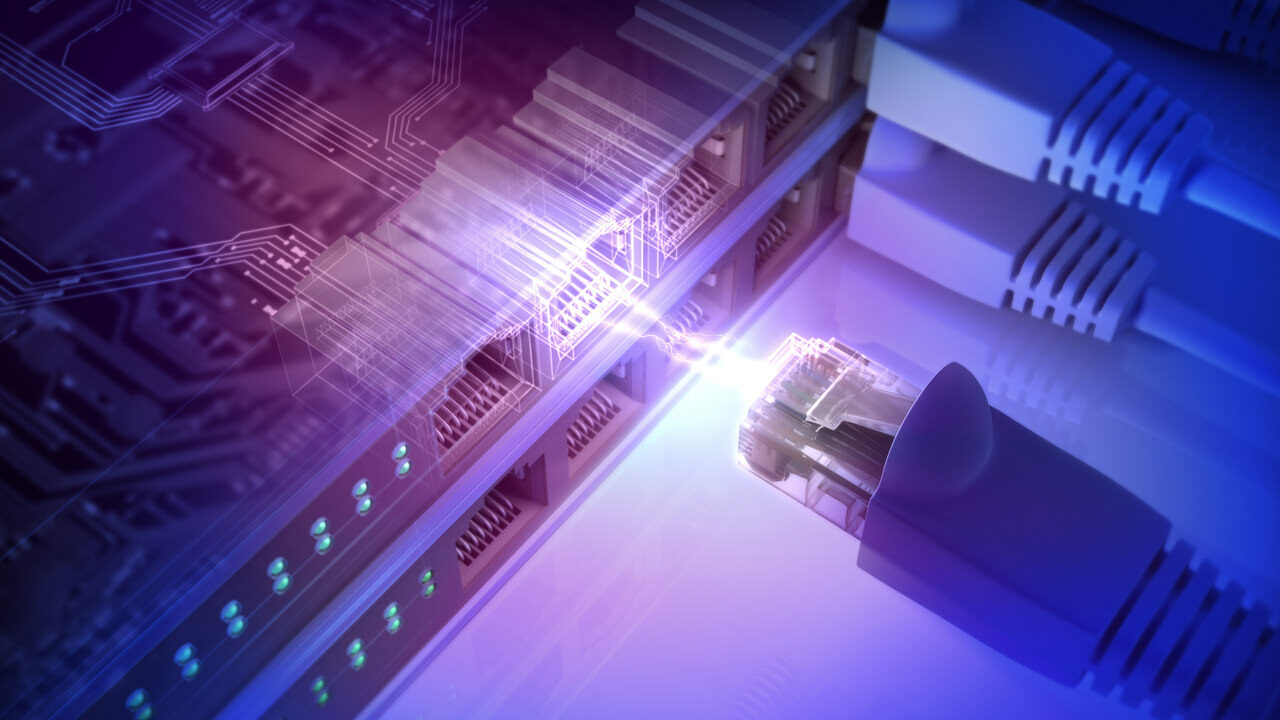In the world of industrial Ethernet, it’s important to know the basics when making decisions about which type of switch is right for your business. An industrial Ethernet switch is a device that connects multiple computers and other network devices together in a local area network (LAN). It is used in a variety of applications, such as machine-to-machine communication, local internet access, and much more. In this article, we’ll explain what an industrial Ethernet switch is and why you might need one for your business. We’ll also discuss the different types available and their various features so you can decide if an industrial Ethernet switch is right for you.
What is an Industrial Ethernet switch?
An industrial Ethernet switch is a device that connects Ethernet devices together in an industrial environment. These switches are designed to withstand the harsh conditions found in factories and other industrial settings.
Industrial Ethernet switches typically have more robust features than consumer-grade Ethernet switches. For example, they may have wider temperature ranges and be able to operate in dusty or wet environments. Additionally, industrial Ethernet switches often have redundant power inputs and fail-safe mechanisms to ensure that the network remains up and running even if one component fails.
While industrial Ethernet switches can be used in any environment, they are often used in applications where reliability and uptime are critical, such as factory automation or process control. In these applications, an industrial Ethernet switch can provide peace of mind by ensuring that the network will remain up and running even in challenging conditions.
What are the benefits of using an Ethernet switch?
An Ethernet switch is a device that connects multiple devices on a Local Area Network (LAN), allowing them to communicate with each other. Switches can be used to connect computers, printers, and other devices in homes and small businesses, as well as in larger enterprise networks.
There are many benefits of using an Ethernet switch, including:
1. Increased network speed and performance: When multiple devices are connected to a switch, they can communicate with each other more quickly and efficiently than if they were connected directly to each other or to a hub.
2. Reduced network congestion: By connecting devices to a switch instead of directly to each other, you can reduce the amount of traffic on your network, which can help improve performance.
3. Improved security: Switches can provide better security for your network by isolating devices from each other. This isolation can prevent unauthorized access and protect sensitive data from being compromised.
4. More flexible connectivity: Switches allow you to easily add or remove devices from your network without disrupting the others that are connected. They also give you the ability to segment your network into different subnets for greater control over traffic flow.
Industrial Ethernet switches vs. home and office switches
Industrial Ethernet switches are designed to withstand the rigors of industrial environments, including extreme temperatures, vibrations, and electromagnetic interference. Home and office switches are not designed to withstand these conditions and can fail prematurely when used in industrial applications.
Industrial Ethernet switches also have higher port densities than home and office switches, meaning they can support more devices on a single network. This is important in industrial applications where there may be hundreds or even thousands of devices on a single network.
Finally, Industrial Ethernet switches offer advanced features that are critical for industrial applications but not typically found on home and office switches. These features include things like redundant power supplies, advanced security features, and support for time-sensitive networking protocols.
How to install an industrial Ethernet switch
If you’re looking to install an industrial Ethernet switch, there are a few things you’ll need to keep in mind. First, you’ll need to make sure that the switch is compatible with the devices you’re using. Second, you’ll need to ensure that the switch is properly configured for your network. And finally, you’ll need to physically install the switch in your industrial environment.
In terms of compatibility, most industrial Ethernet switches will work with any type of device. However, it’s always best to check with the manufacturer to be sure. When it comes to configuration, there are a few key settings that you’ll need to pay attention to. These include the IP address, subnet mask, gateway and DNS settings. You’ll also need to configure the switch for your specific network topology.
Finally, physically installing an industrial Ethernet switch is usually pretty straightforward. However, there are a few things you’ll want to keep in mind. First, make sure that the switch is properly grounded. Second, take care when running cables through your facility – avoid areas where there is excessive dust or heat. And third, be sure to label all of your cables clearly so that they can be easily identified later on.
Conclusion
Industrial Ethernet switches are an essential component for many businesses and organisations. They provide fast, reliable, and secure switching of data between different devices on a network. By investing in a quality industrial-grade switch, businesses can ensure that their networks are safe from cyber threats and keep their operations running smoothly. With the right switch, your business will benefit from increased efficiency and improved performance.













+ There are no comments
Add yours